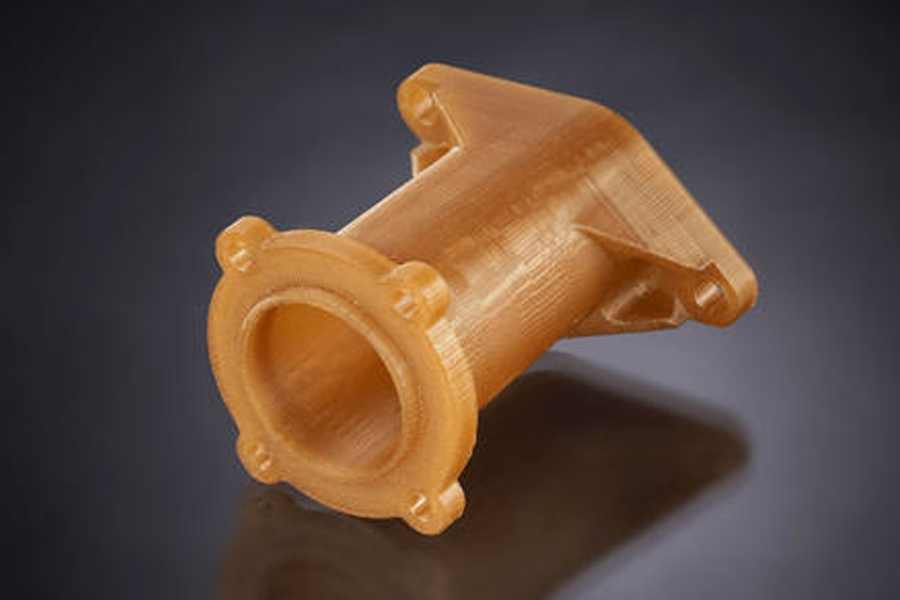CNC lathes have high-efficiency and high-precision machining technology in complex working conditions; high-efficiency and high-precision machining is the eternal goal pursued by lathe users. As a necessary link to obtain high-quality parts, the processing technology has a direct impact on the quality and efficiency of parts processing. At present, due to the lack of understanding of the lathe body performance in the cutting process programming stage, the lathe users only consider the geometric constraint relationship between the tool and the workpiece for process programming.
The process formulation and parameter selection are mostly based on the habits and experience of the personnel. In addition, when processing complex surface parts, strong time-varying and variable cutting loads will stimulate the complex response of the process system, which may easily lead to instability in the machining process and scrap parts. At present, the common method for improving the processing quality is to adopt the idea of ”processing-analysis-measurement-correction-reprocessing”, which has a long production cycle and high cost. With the continuous pursuit of high-efficiency and high-precision machining, this traditional passive process formulation process is difficult to give full play to the use efficiency of lathes.
In fact, there is an interaction mechanism between the CNC lathe machining process and the process system. To achieve high-efficiency and high-precision machining, the dynamic interaction mechanism between the cutting process and the process system needs to be studied first, targeting different lathe performance, tool performance and part processing Requirements, comprehensive process system characteristics and process, considering physical performance constraints, put forward tool path planning and process parameter optimization methods for high-efficiency and high-precision machining, to achieve optimal matching of the process system and the process. Secondly, study the lathe adaptive control technology considering the influence of the machining process, develop advanced control strategies in the servo drive link and the CNC link, realize online measurement of multi-source physical quantities, processing error analysis and compensation, and improve processing efficiency and quality.
CNC lathe
Understanding the numerical control technology of the CNC lathe is not so simple, the beginner should understand the following instructions:
- 1. The CNC lathe is mainly composed of seven parts: processing program, input device, CNC system, servo system, measurement feedback device, auxiliary control device and lathe.
- 2. The principle of CNC lathe machining is: first of all, digitize the pattern and process information of the machined parts, write the machining program with the specified code and program format; then input the programmed instructions into the CNC device of the lathe; then CNC After the device decodes and calculates the program (code), it sends signals to the servo mechanism and auxiliary control device of each coordinate of the lathe to drive the moving parts of the lathe to control the auxiliary motion required, and finally produces qualified parts.
- 3. The development of numerical control technology has mainly gone through six main stages: electronic tube numerical control system, transistor numerical control system, integrated circuit numerical control system, small computer numerical control system, microprocessor numerical control system, general CNC system based on industrial PC.
- 4. CNC lathes have higher technical requirements for operation and maintenance personnel, as well as higher requirements for tool fixtures. It is mainly suitable for parts that are produced in small batches and have been produced many times, parts with complex geometric shapes, parts that must be processed in a variety of processes, parts that must be strictly controlled to tolerances, parts whose process design will change, and parts that require all inspections.
- 5. According to the processing technology, CNC lathes can be divided into cutting lathes, forming lathes, special processing lathes, and other lathes; according to the control system functions, they can be divided into point control, point linear control, and contour control CNC lathes; The servo control method can be divided into open-loop, closed-loop and semi-closed-loop control CNC lathe. According to the function level of CNC system, it can be divided into high, medium and low CNC lathes.
- 6. There are many CNC systems used in the market, and programming should be based on the programming rules of the CNC system codes used.
